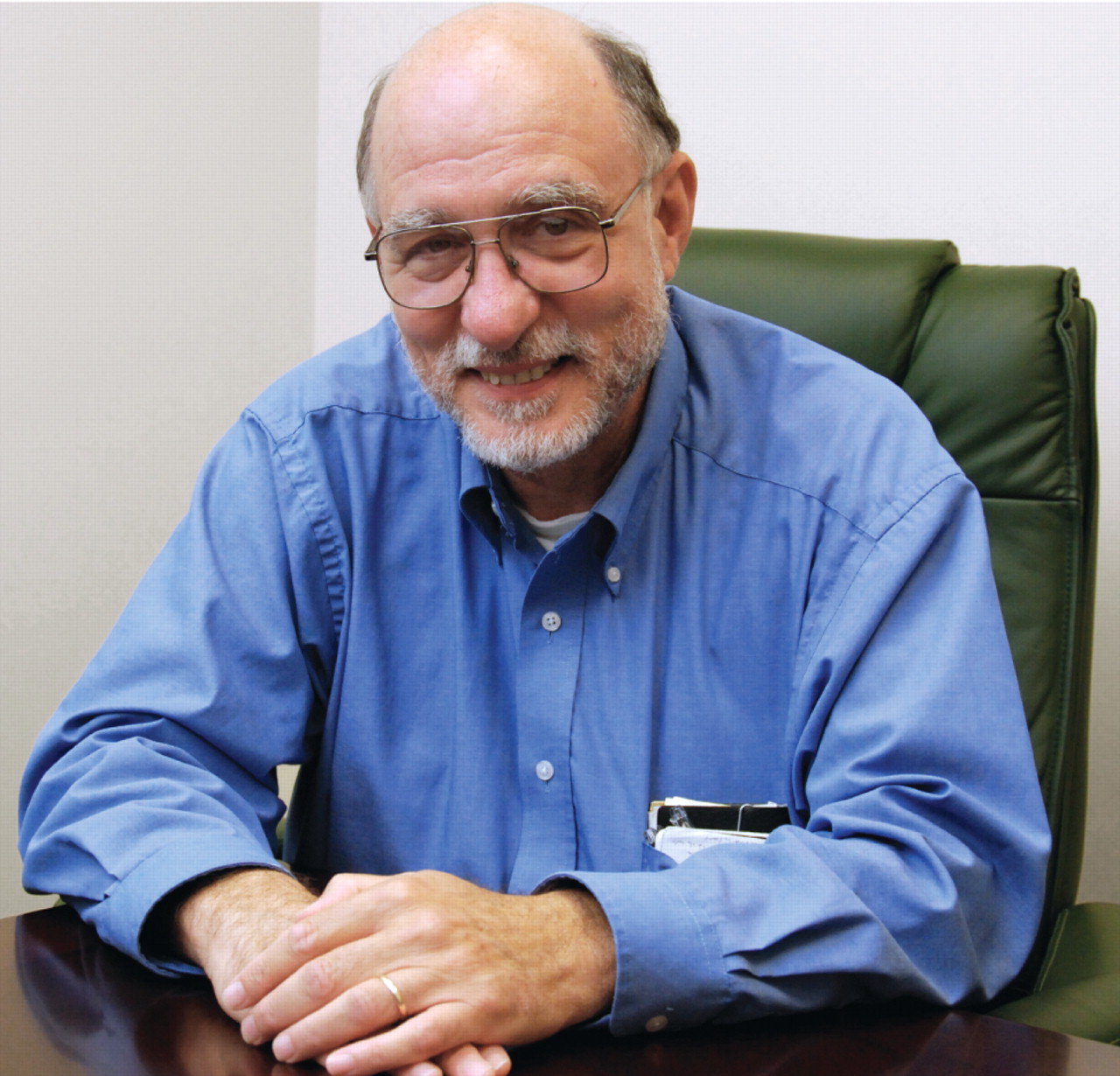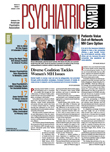Darrylneka T. is a bright 12-year-old who was swept out of her home in the Uptown section of New Orleans by Hurricane Katrina over two years ago. As the winds and waters rose, she fled the city with her mother in a small convoy of seven cars with 38 relatives, ending up in a shelter in Ascension Parish, southeast of Baton Rouge.
Her flight from the storm was a one-way voyage. Today, she lives with her mother, trying to cope with a new school, a new town, and new classmates.
“Before the storm, she was a happy-go-lucky girl,” said Yashica T. of her daughter. “Afterward, she had a lot of anger and sadness because of the storm and the separation from her friends and family.”
Anthony Monteleone, L.C.S.W., also left New Orleans suddenly, with just one change of clothing. Monteleone is a social worker and found himself homeless and out of a job. His supervisor told him to go to the Capital Area Human Services District (CAHSD) office in Baton Rouge, where he soon joined the staff (Psychiatric News, December 21, 2007).
It turned out to be a good move for both the district and Monteleone—as well as for Darrylneka and other children with lives disrupted by the storm.
About 11,000 of the estimated 163,000 children from Louisiana and Mississippi displaced by the storm still live in trailer parks. Between 46,000 and 64,000 displaced children are still at risk for poor long-term outcomes, according to a report from Columbia University's National Center for Disaster Preparedness.
Within four days after Hurricane Katrina struck, CAHSD and other organizations in the Baton Rouge area banded together to field mobile crisis teams to screen perhaps 10,000 children for psychological and physical problems. Some children were anxious, depressed, or grew fearful when it rained or if they heard thunder.
Getting any aspect of the children's disrupted lives back to normal became a central goal for CAHSD, so Monteleone helped broker connections between area schools and the flood of newcomers. His own history let him bond quickly with other evacuees.
The new students filled every possible space, first in the Baker, La., schools, then in Baton Rouge. The two school districts stretched their resources to accommodate an additional 4,000 students beyond the 14,000 enrolled before the storm. About 80 percent of the children who stayed in the area are now settled in schools, bound more closely to the community.
Mental health resources in the schools smoothed the transition for the children. CAHSD's previous restructuring had placed social workers in 27 district schools, which permitted rapid evaluation and referral after the storm. CASHD is expanding placement of social workers to all 34 schools in the seven-parish district and has applied for funds for a short-term crisis cottage to be used for stabilizing children and helping their families. The district also makes use of a sophisticated telephone system that allows staff to screen callers quickly and direct them to appropriate services.
Monteleone helped Darrylneka adjust to school, mostly by just checking in with her and asking how she was feeling. She likes her teachers and enjoys math classes and programs for dance and drama.
Mother and daughter now live in a townhouse in Baker. They won't return to New Orleans because they feared being uprooted again and wanted to establish a base where the rest of the family could rendezvous in case of another disaster.
The adjustment to a new life in their adopted city, rocky as it may have been, encourages Monteleone, but also demarcates the boundary between success and failure and the value of luck and persistence. Yashica had worked for Target back home, so the company assigned her to a store in Baton Rouge, allowing her to continue work and earn an income. Since then, she has completed a course to become a medical assistant and is studying to become a phlebotomist.
“Darrylneka's story is typical of New Orleans kids who have turned out well,” Monteleone said. “Their parents made a decision to stay and here they are, making a life for themselves and their children. Where parents have created stability for their children, the kids have done OK. When they don't, the kids have had problems.”
The future of displaced Louisiana children depends not only the choices and abilities of their parents, but also on whether their families have the means or desire to move back or whether they choose to put down roots in new towns.
Regardless if they live in the harder hit areas near the coast or are settling in elsewhere, children of the storm will remain affected by their experience, said one expert who has been closely involved with their care.
“The fact is, there is still an enormous need for children's services, and there will be for a long time,” said Joy Osofsky, Ph.D., a professor of pediatrics and psychiatry at the Louisiana State University Health Sciences Center in New Orleans. ▪

